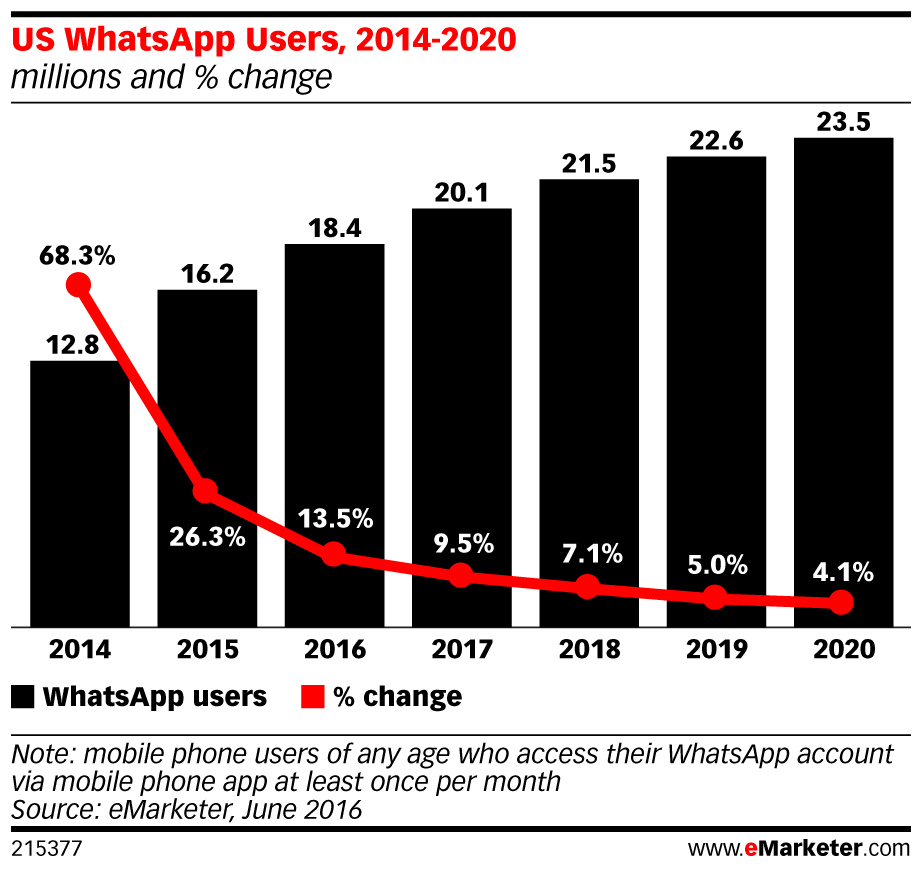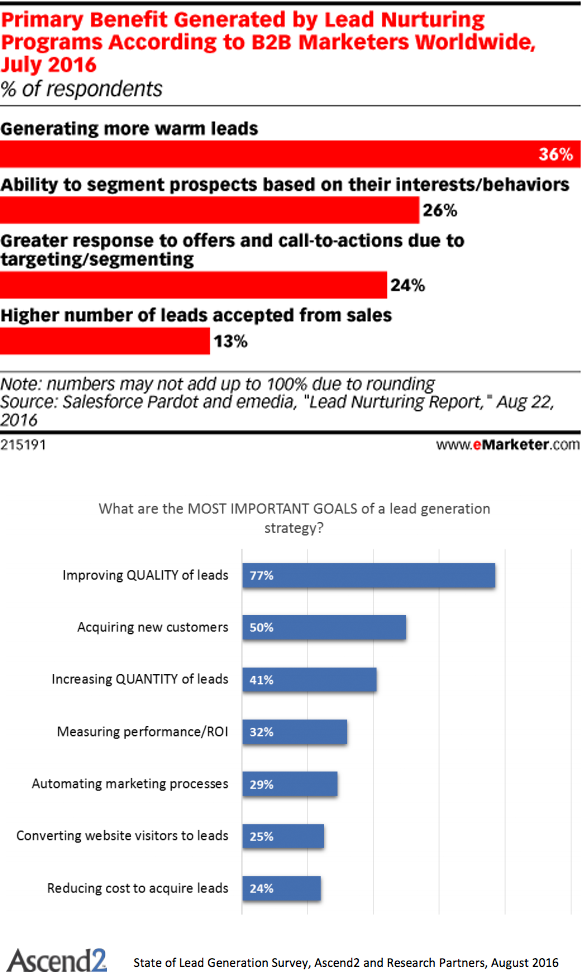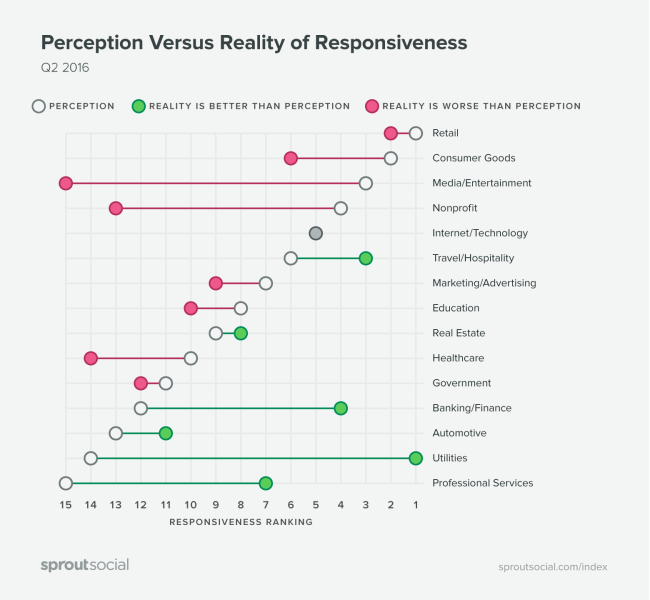
Get your FREE 30-day trial.
Please complete all fields.
This week, we're focusing on how WhatsApp will aid ad targeting on Facebook and Instagram, followed by how ads and improve B2B lead generation efforts and provide relevant information.
Mobile messaging app sensation, WhatsApp, was acquired by Facebook in February 2014. At the time it was acquired, WhatsApp reported 12.8 million users in the US daily. Recently that number has grown to 18.4 million daily users. Today, the platform has just announced it will now be sharing user data with its parent company. What does this mean? All of the valuable user data on this popular communication app can now be used to improve targeting on Facebook and Instagram. Advertisers on Facebook and Instagram can now tap into WhatsApp's unique and secure database to deliver relevant and timely messages.

Lead generation technology is quickly becoming a B2B marketer's new best friend. The benefits are diverse, the biggest including: an increase in warm leads, improved segmentation of prospects, and better targeting to reach said prospects. The top goal of B2B marketers is to improve the quality of leads and gain new prospects (Ascend2). In a recent survey Salesforce conducted with emedia, 36% of marketers believe lead generation programs are helpful simply because they generate a greater volume of leads. In addition 26% agreed that it helps better segment prospects based on their interests and behaviors. The good news for B2B marketers is that Facebook now offers a simple solution to lead generation where customers can click to fill out a lead form directly within the platform, populating all of their personal information in an easy yet secure way!

Just as the saying says, there is a such thing as "too much of a good thing." According to a survey by Sprout Social, posting too much promotional content is the leading annoyance online users have with a brand on social media. Often times brands focus so much on increasing user engagement and retention that they end up driving users away. Unfollowing brands that over-post was true for 46% of respondents. In addition, 41% unfollow brands because of irrelevant information. It's important for brands to realize that advertising isn't about blasting ads to anyone, at anytime. It's about reaching the right user, at the right time, with just the right message.
In the graphic above, take a look at user perception of brand responsiveness on social channels vs the reality across all major industries. For the financial services industry, the reality is that brands are more responsive than consumers perceive them to be. Retail and Healthcare, however, are less responsive than the perception. You should take advantage of this disconnect by integrating social listening into your ad strategy. This allows advertisers to automatically serve relevant ads when the competition is slow to respond.

At the end of the day, we live in a customer-centered world where it's all about the customer, no longer the business. Advertising on platforms like Facebook, Instagram, and Google offers brands the opportunity to use first-party data to advertise to users in a more personalized and secure way.
For more information about key trends across Facebook, Instagram, Twitter, and LinkedIn, check out our new Advertising Index.